Fungi thrive in some of the most hidden ecosystems on Earth, playing crucial roles in nutrient cycling and ecosystem balance. Many of these species remain relatively unknown, despite their striking appearance and unique adaptations. From brightly colored forms to bizarre shapes, these fungi add fascinating diversity to our natural world. Exploring these hidden wonders can reveal how they contribute to the ecosystems they inhabit. Here are some fascinating species that grow in unexpected places.
Bleeding Tooth Fungus (Hydnellum peckii)
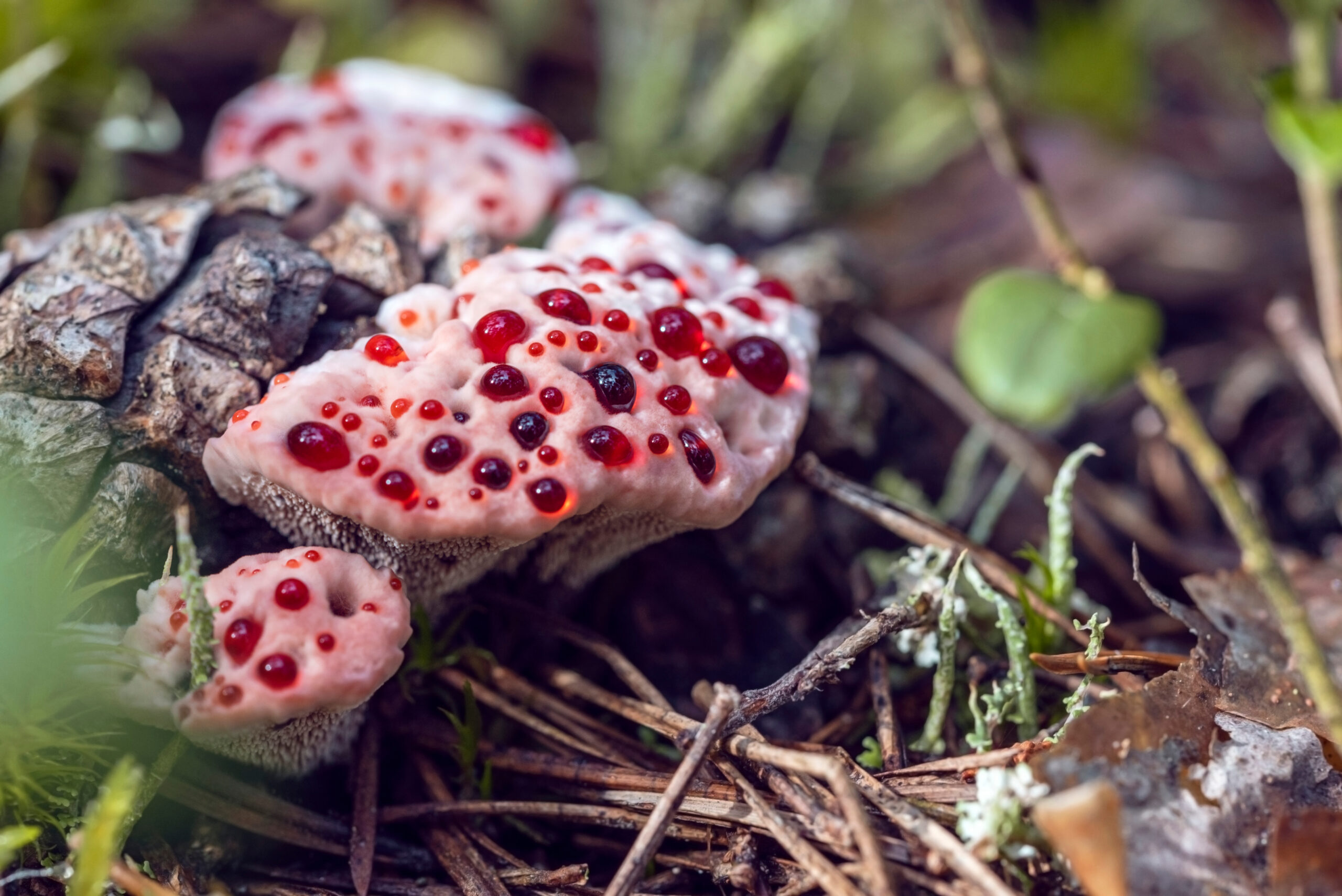
Known for its gory appearance, Hydnellum peckii is easily recognizable by its white cap oozing blood-like red droplets. It grows in coniferous forests across North America and Europe, thriving in the moist, acidic soils found beneath pine trees. Despite its fearsome look, this species forms a mutualistic relationship with tree roots, helping them absorb nutrients. Its striking appearance serves a warning, but it remains inedible due to its bitter taste and tough texture.
Violet Coral Fungus (Clavaria zollingeri)

This unique fungus resembles an underwater coral with its vibrant violet branches. It flourishes in the leaf litter of temperate forests in North America, Europe, and Asia. Clavaria zollingeri stands out due to its brilliant color and delicate structure. Often found in small clusters, it helps break down organic matter, contributing to forest ecosystems by recycling nutrients. Its rarity adds to its mystique, making sightings a special event for foragers and mycologists alike.
Dead Man’s Fingers (Xylaria polymorpha)
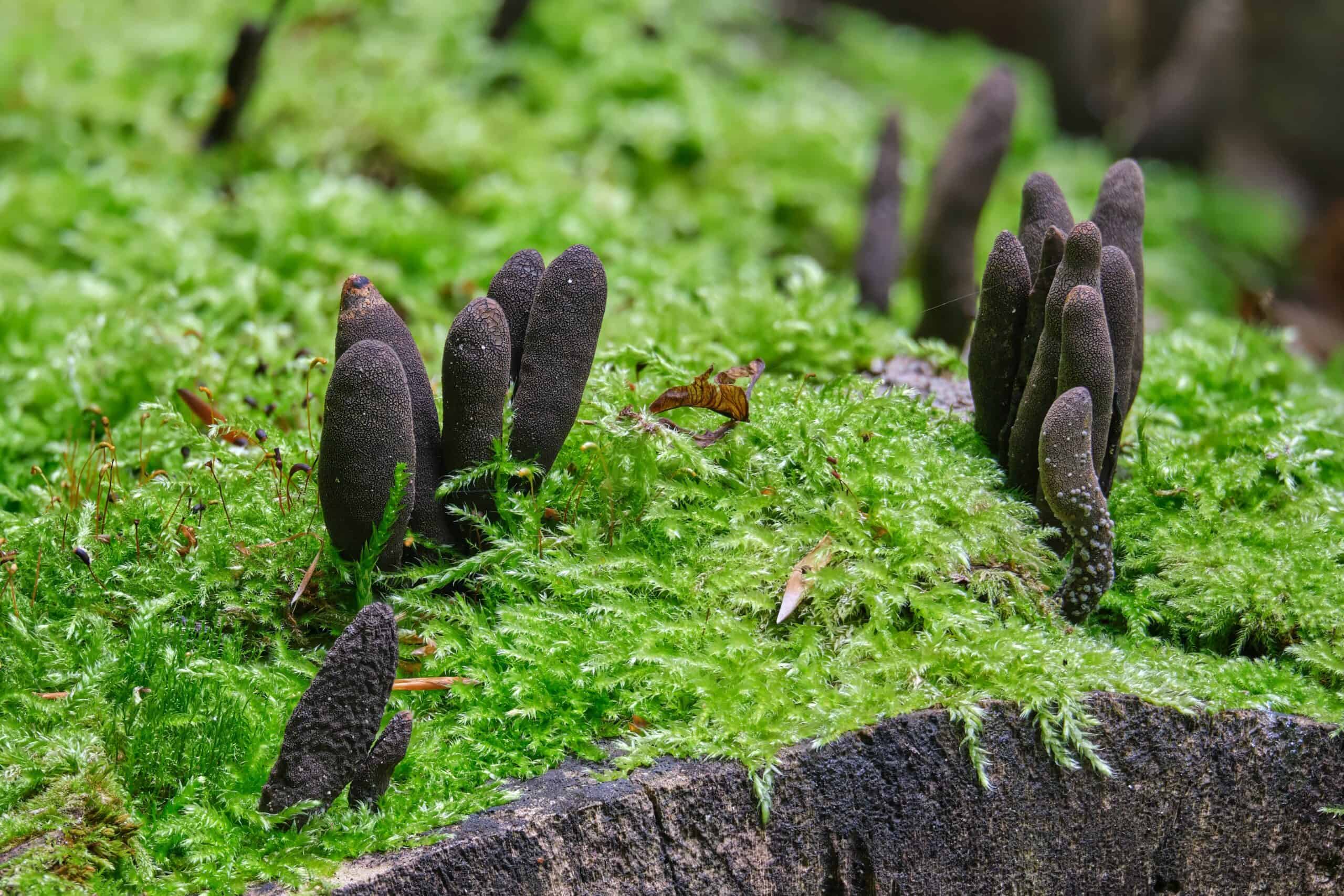
Xylaria polymorpha, ominously named Dead Man’s Fingers, resembles decaying blackened fingers protruding from the soil. This species grows on decaying hardwood, particularly in temperate regions of Europe and North America. It plays an important role as a decomposer, breaking down tough lignin in wood. The fruiting bodies, black and gnarled, appear in late summer and fall, making this fungus a grim but essential part of forest ecosystems.
Bioluminescent Mushroom (Mycena chlorophos)
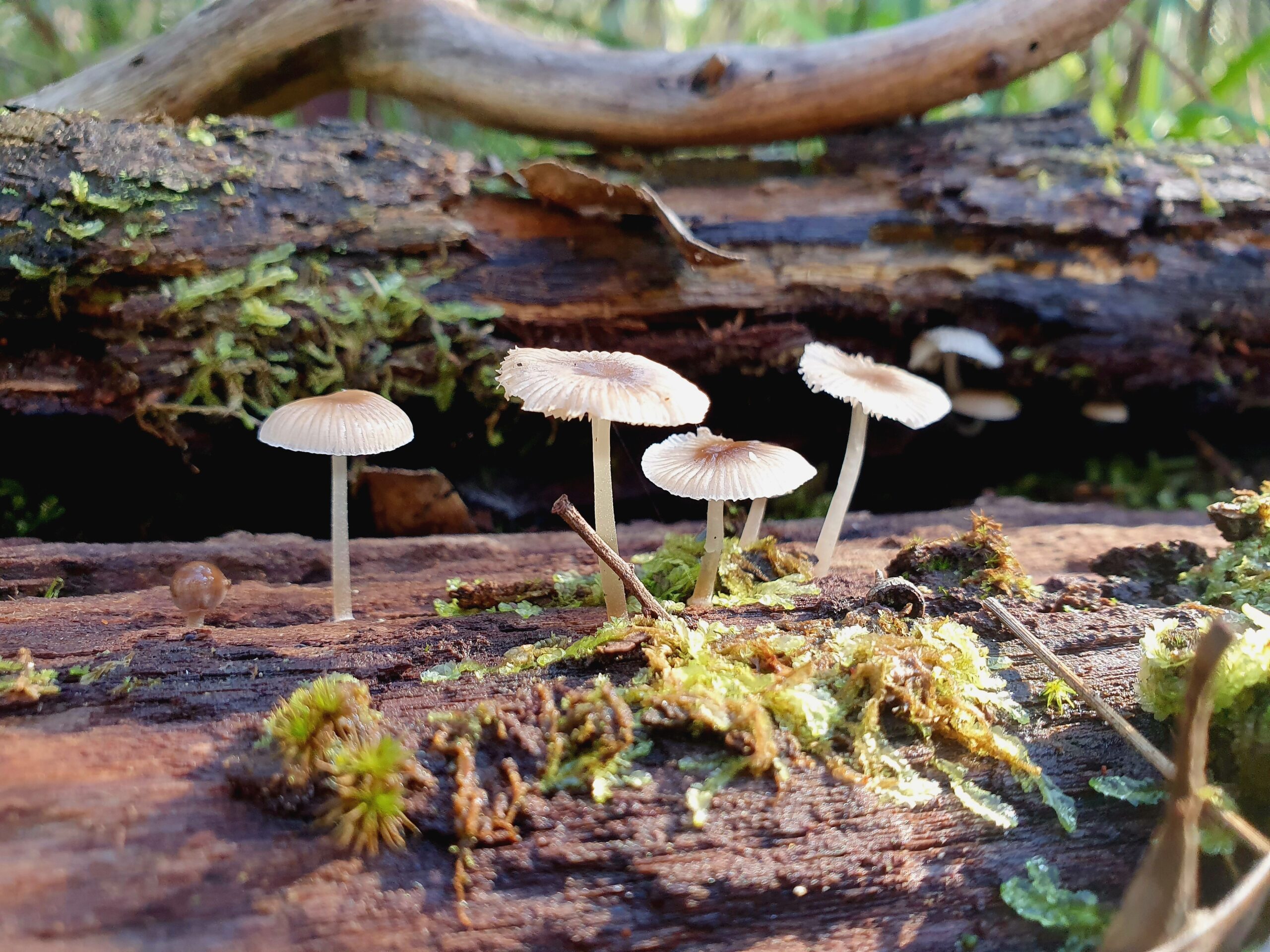
Mycena chlorophos, known for its eerie glow, is a bioluminescent mushroom found in tropical and subtropical regions, including Japan and Southeast Asia. The small, pale mushrooms emit a greenish glow, especially visible at night. This fungus grows in clusters on decaying wood, particularly in humid environments. The glowing effect is believed to attract insects, which help disperse its spores, making this species a beautiful and mysterious part of forest ecosystems.
Oak Bracket (Pseudoinonotus dryadeus)
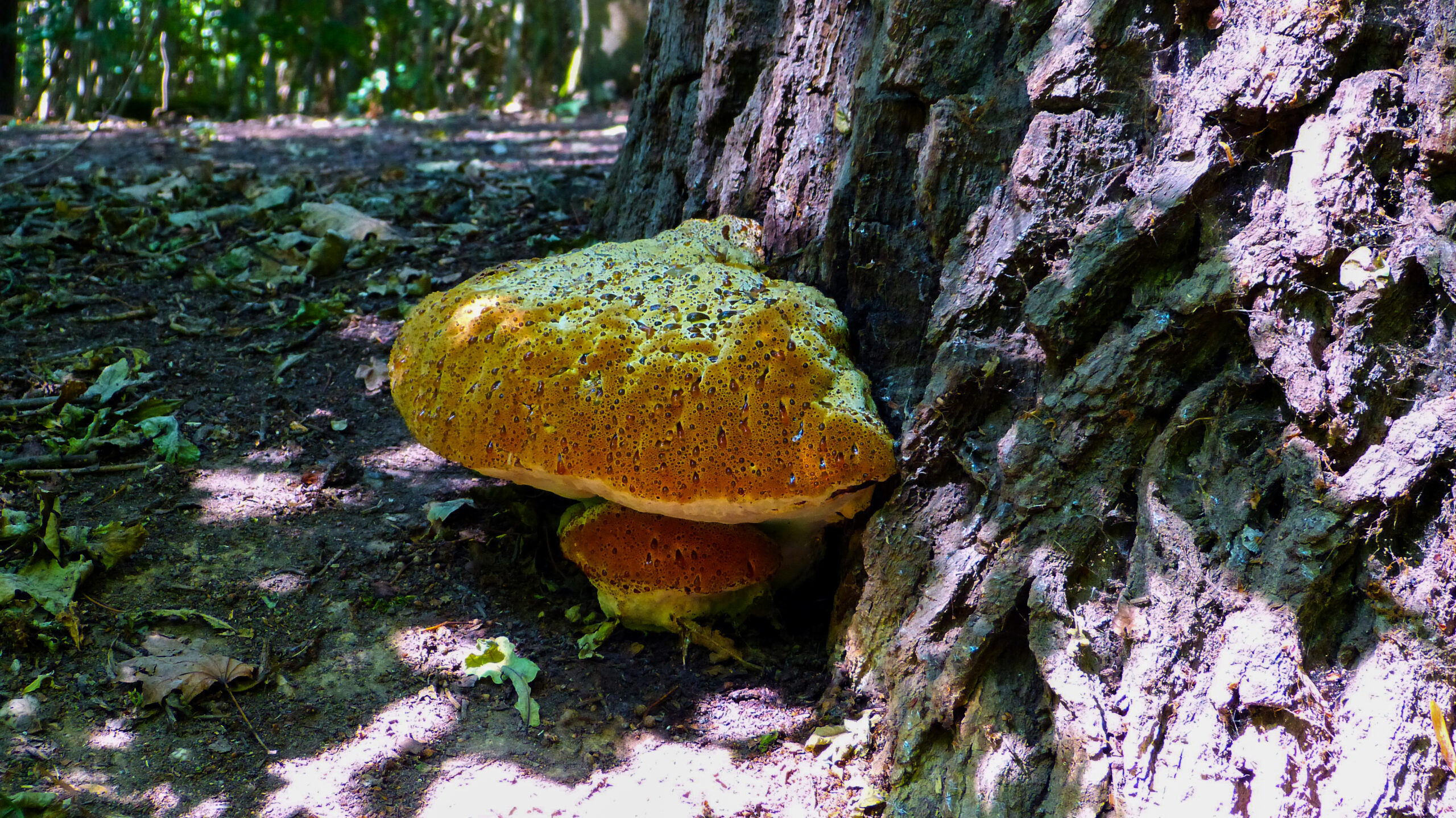
Pseudoinonotus dryadeus, commonly called the Oak Bracket, is a tough, woody fungus found at the base of oak trees. Native to Europe and North America, it grows in large, hoof-shaped brackets that can cause decay in its host tree. The fungus produces a rusty brown color and exudes drops of liquid that give it a wet appearance. Despite being parasitic, it plays a role in the natural life cycle of oaks by breaking down dead or weakened wood.
Yellow Earth Tongue (Spathularia flavida)
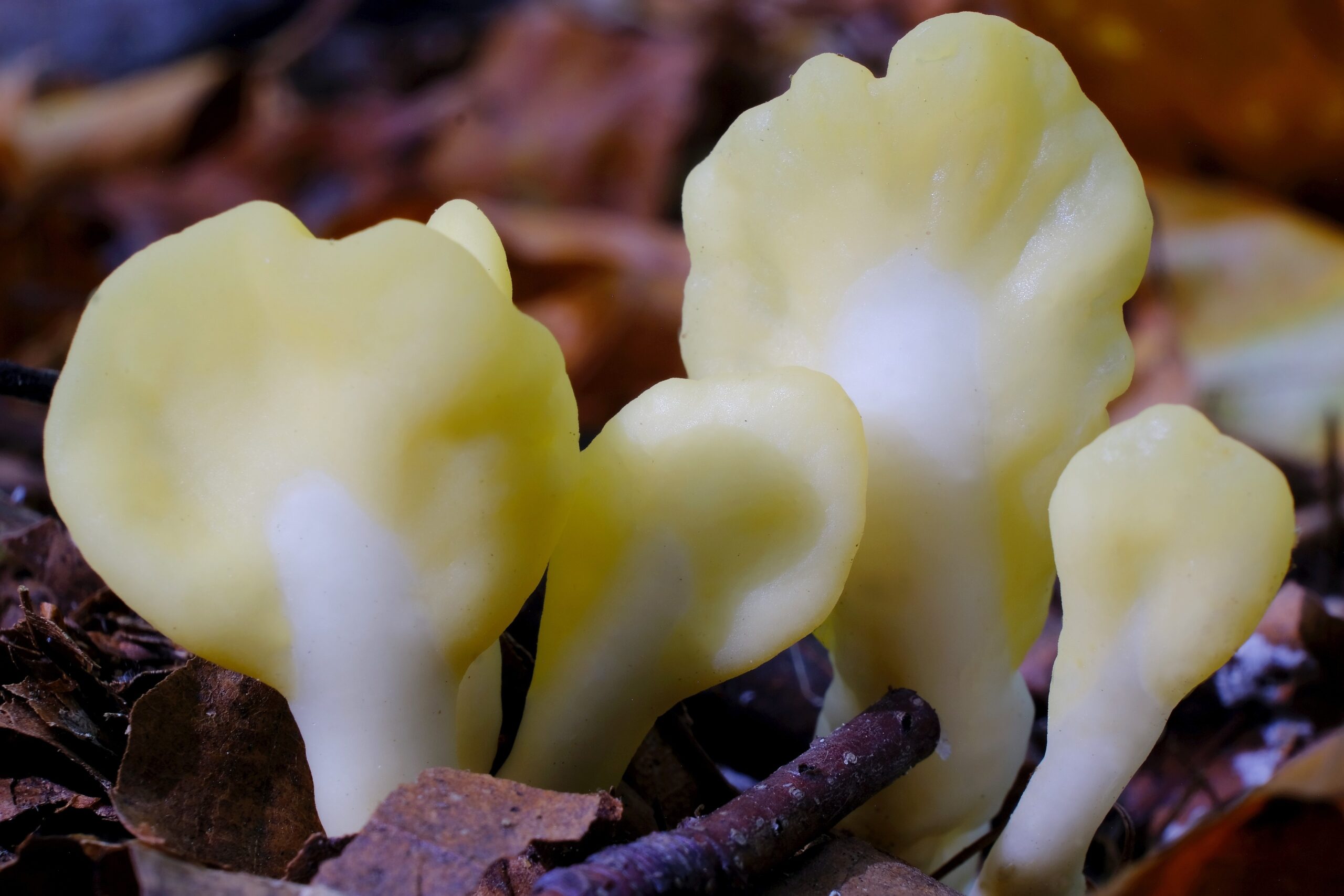
Spathularia flavida, commonly called the Yellow Earth Tongue, is a bright yellow fungus with a distinctive spatula-like shape. This species is typically found in the damp, mossy soils of coniferous forests in Europe and North America. Its tall, slender fruiting bodies stand out on the forest floor, often forming in small clusters. Though rare, this fungus helps decompose organic material, aiding in nutrient cycling. Its unique shape and color make it a remarkable find for those exploring the hidden corners of forests.
Darwin’s Fungus (Cyttaria darwinii)
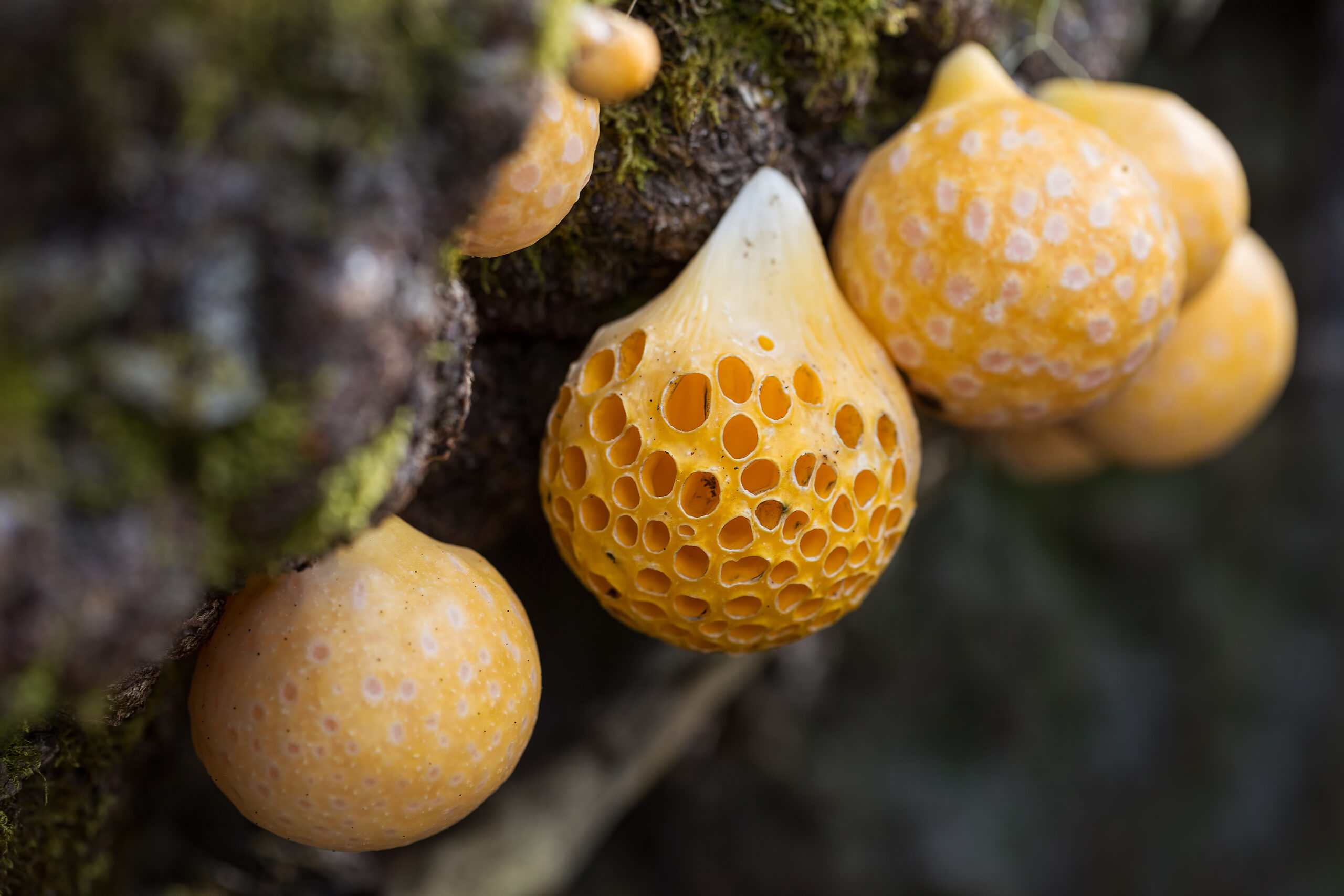
Cyttaria darwinii, known as Darwin’s Fungus, is a parasitic fungus native to the southern beech forests of South America, particularly in Chile and Argentina. It forms bright yellow to orange fruiting bodies that dangle like small, round balls from the branches of trees. This fungus parasitizes Nothofagus trees, forming galls on the branches. Its striking appearance and the ecological relationship with its host tree make it a fascinating species found only in these remote regions.
Starfish Stinkhorn (Aseroe rubra)

Aseroe rubra, the Starfish Stinkhorn, is instantly recognizable by its star-shaped, red arms and foul odor. Native to Australia and Southeast Asia, this fungus emerges from the ground and attracts flies with its putrid smell. These insects help disperse its spores, allowing it to thrive in moist, forested environments. Despite its unpleasant odor, its striking appearance adds an unusual beauty to hidden forest ecosystems where it silently plays its role.
Scaly Hedgehog (Sarcodon imbricatus)

Sarcodon imbricatus, commonly called the Scaly Hedgehog, has a dark, scaly cap and is found in coniferous forests across Europe and North America. This species forms symbiotic relationships with trees, helping them absorb nutrients through their roots. Its large, rugged fruiting body, with spines under the cap instead of gills, distinguishes it from other mushrooms. Though it can be found in more secluded forest areas, it’s an important part of the forest floor’s ecosystem.
Fly Agaric (Amanita muscaria)

Amanita muscaria, also known as the Fly Agaric, is perhaps one of the most iconic fungi, with its bright red cap covered in white spots. Native to temperate and boreal regions of the Northern Hemisphere, it is often found under birch and pine trees. While known for its toxic and hallucinogenic properties, it also forms symbiotic relationships with trees, aiding in nutrient absorption. Its vibrant appearance is both a warning and a symbol of nature’s hidden wonders.
Common Earthball (Scleroderma citrinum)
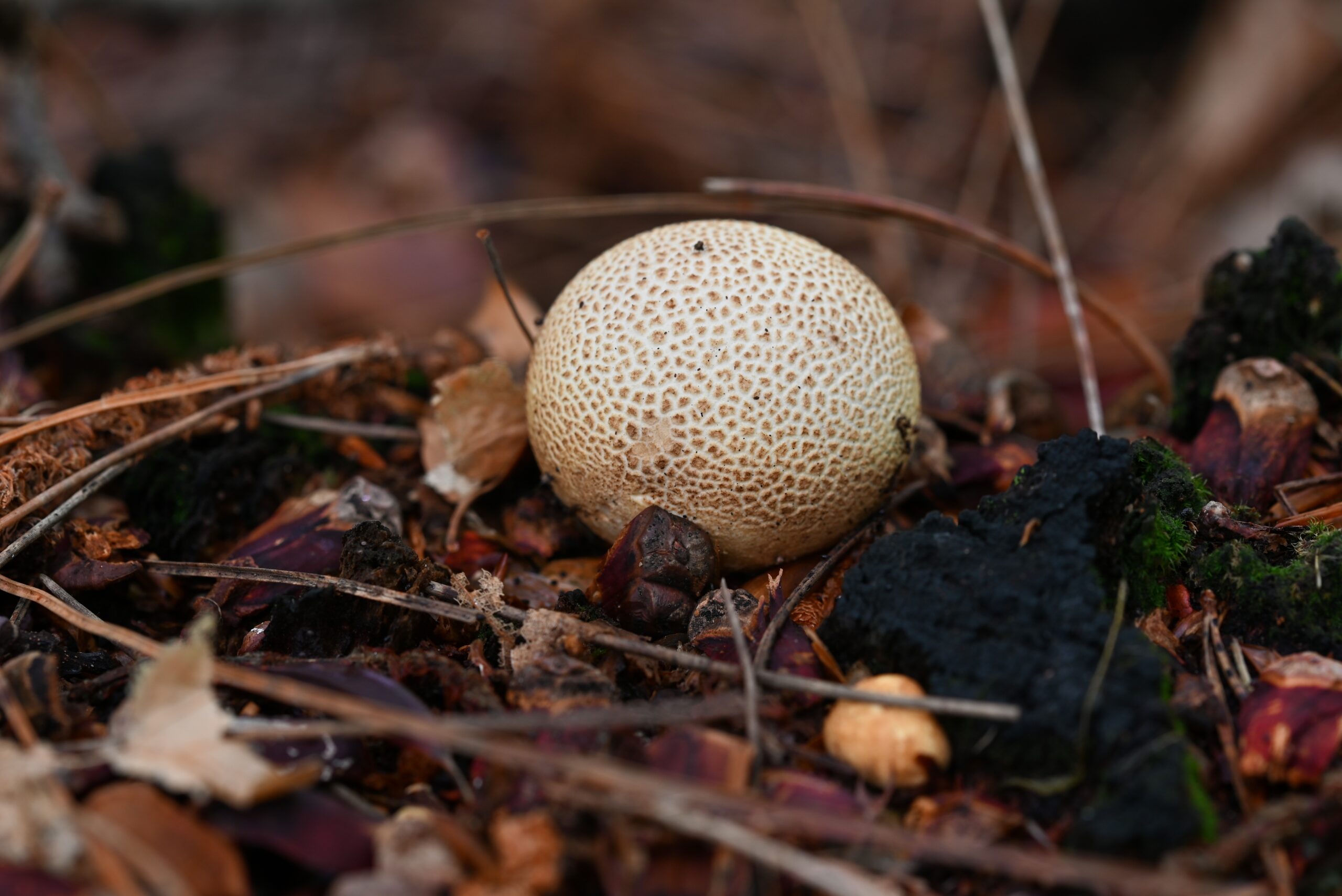
Scleroderma citrinum, commonly called the Common Earthball, is a tough, yellowish-brown fungus that thrives in acidic soils of forests across Europe and North America. Its round, thick-skinned fruiting body often cracks to reveal a dark, spore-filled interior. Though it resembles edible truffles, the Earthball is inedible and can cause gastrointestinal distress. This fungus plays a key role in decomposing organic material, contributing to the forest’s nutrient cycle.
Orange Peel Fungus (Aleuria aurantia)
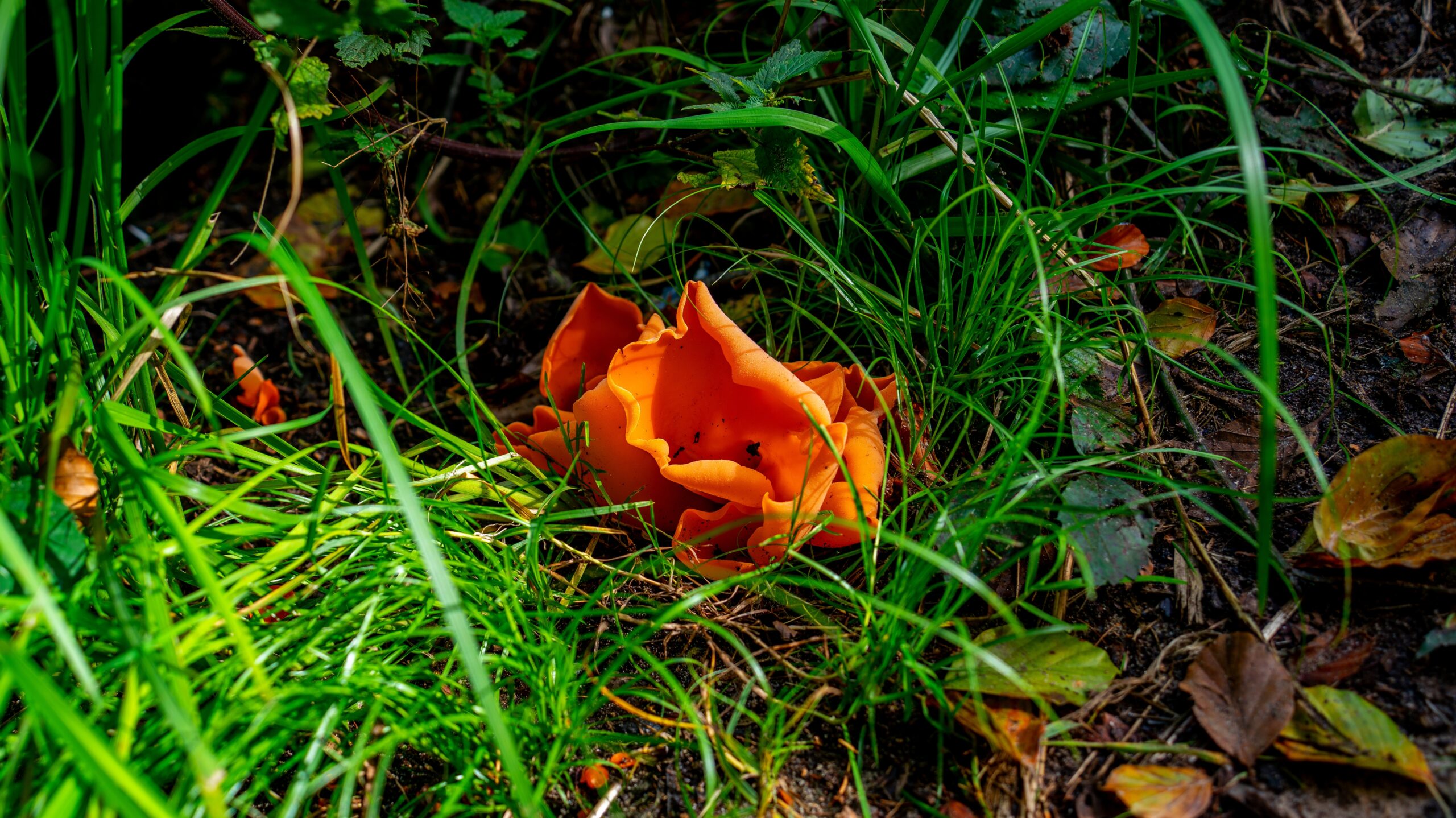
Aleuria aurantia, commonly known as the Orange Peel Fungus, resembles a discarded orange peel with its bright, cup-shaped appearance. It thrives in damp soil, often along paths and woodland edges, mainly across Europe and North America. This fungus adds color to its environment and helps decompose organic matter, playing an essential role in nutrient cycling. Its vibrant orange hue makes it easily recognizable in the undergrowth.
Amethyst Deceiver (Laccaria amethystina)

Laccaria amethystina, the Amethyst Deceiver, is known for its striking violet color. Found in both deciduous and coniferous forests across Europe and North America, it grows in nutrient-poor soils. Despite its vivid color, the mushroom can fade with age, making it a deceiver to those unfamiliar with it. It forms a symbiotic relationship with trees, helping them absorb nutrients while adding a splash of color to the forest floor.
Cannonball Fungus (Sphaerobolus stellatus)
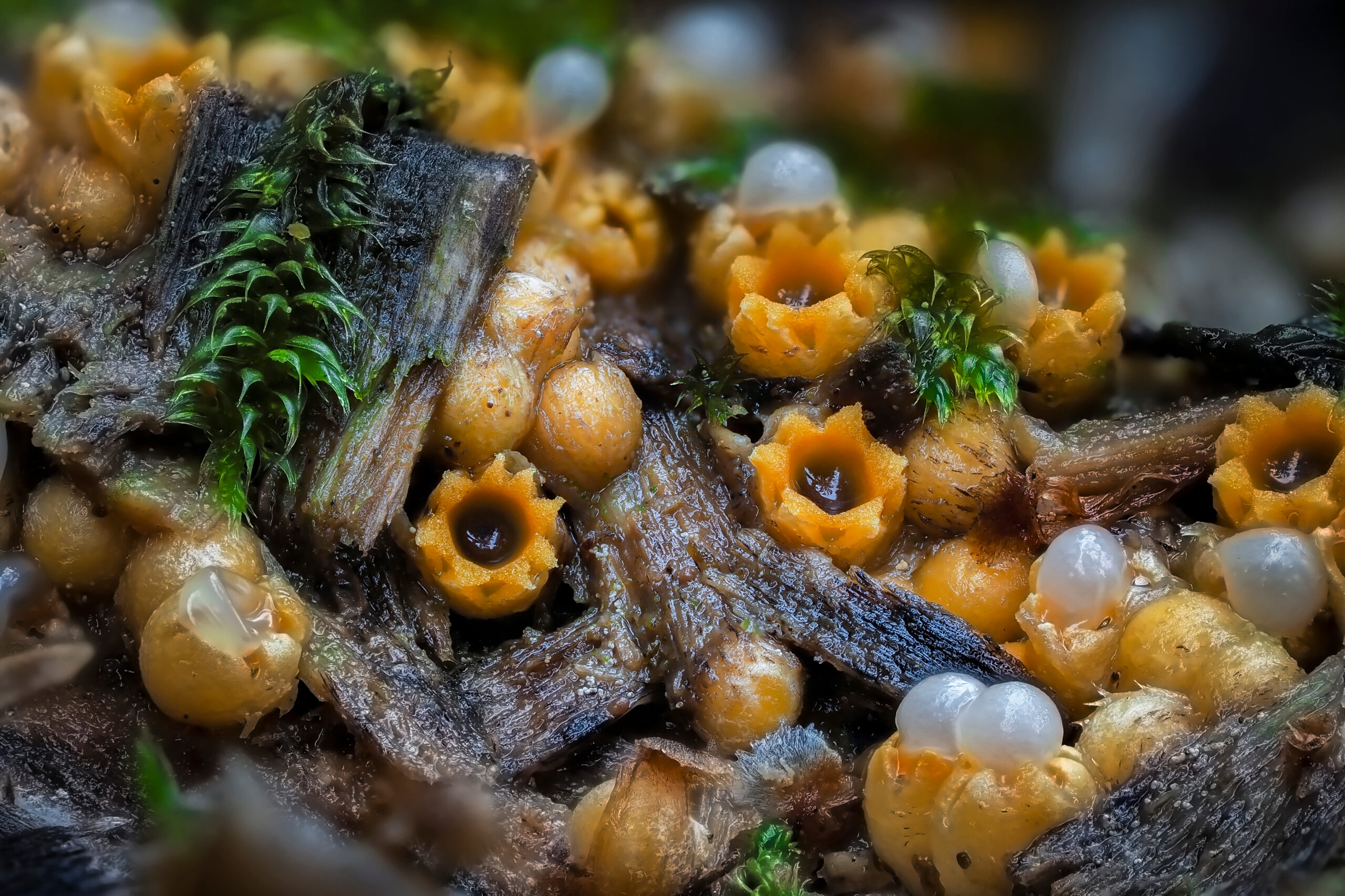
Sphaerobolus stellatus, also called the Cannonball Fungus, is known for its unique spore dispersal method. This small, inconspicuous fungus grows on decaying wood and plant material in forests worldwide, particularly in North America and Europe. It “shoots” its spore mass with force, aiding its spread. Despite its tiny size, this fungus plays an interesting role in the ecosystems where it resides.
Collared Parachute (Marasmius rotula)
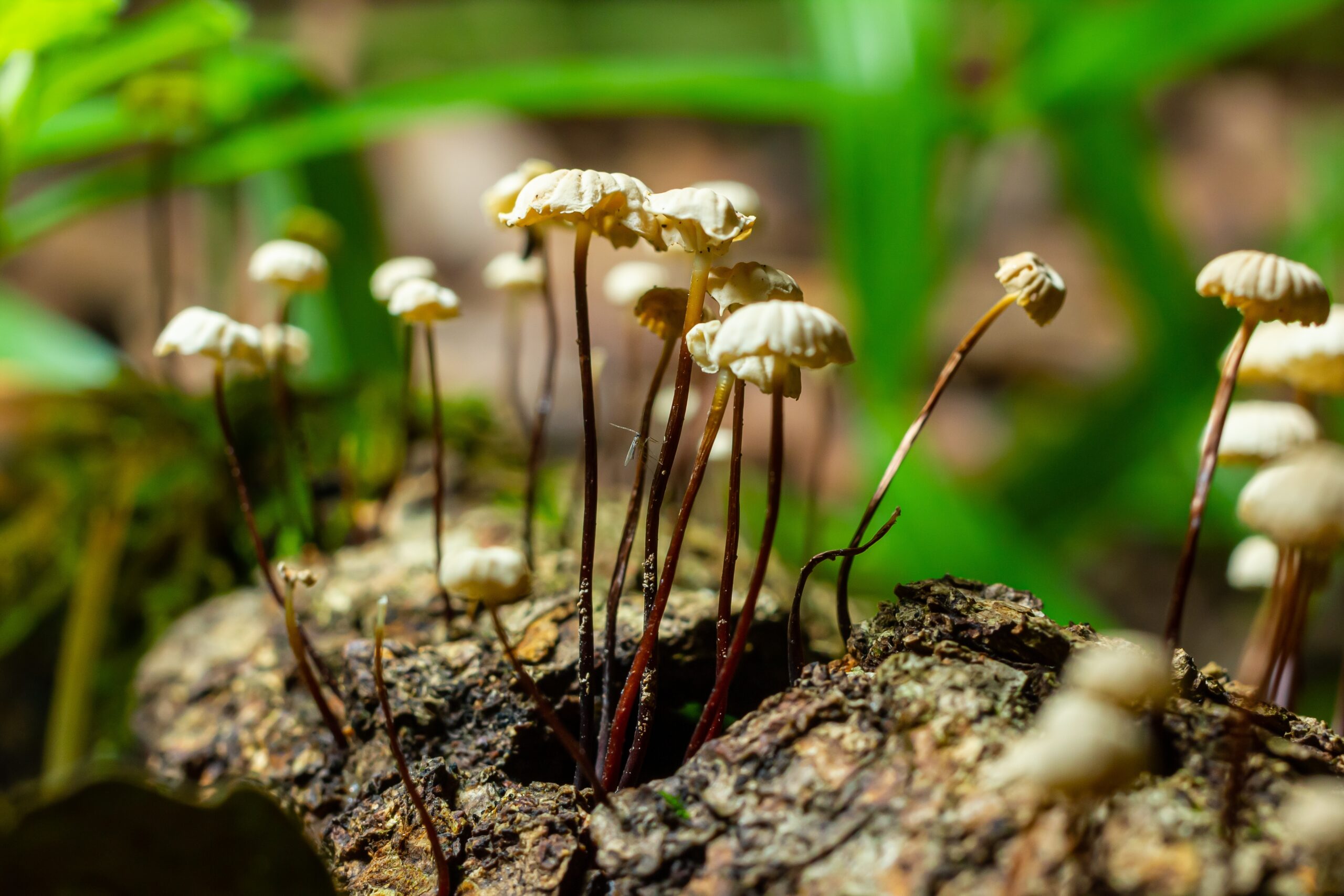
Marasmius rotula, the Collared Parachute, is a delicate, white-capped mushroom with a thin stem, resembling a tiny parachute. It grows on dead wood and leaf litter in moist forests across Europe and North America. Its ability to dry out and rehydrate when moistened helps it survive in fluctuating environments. This tiny but resilient fungus contributes to the breakdown of dead plant material, keeping forest ecosystems in balance.
This article originally appeared on Rarest.org.
More from Rarest.org
21 Strange Geological Formations Found in Uninhabited Lands
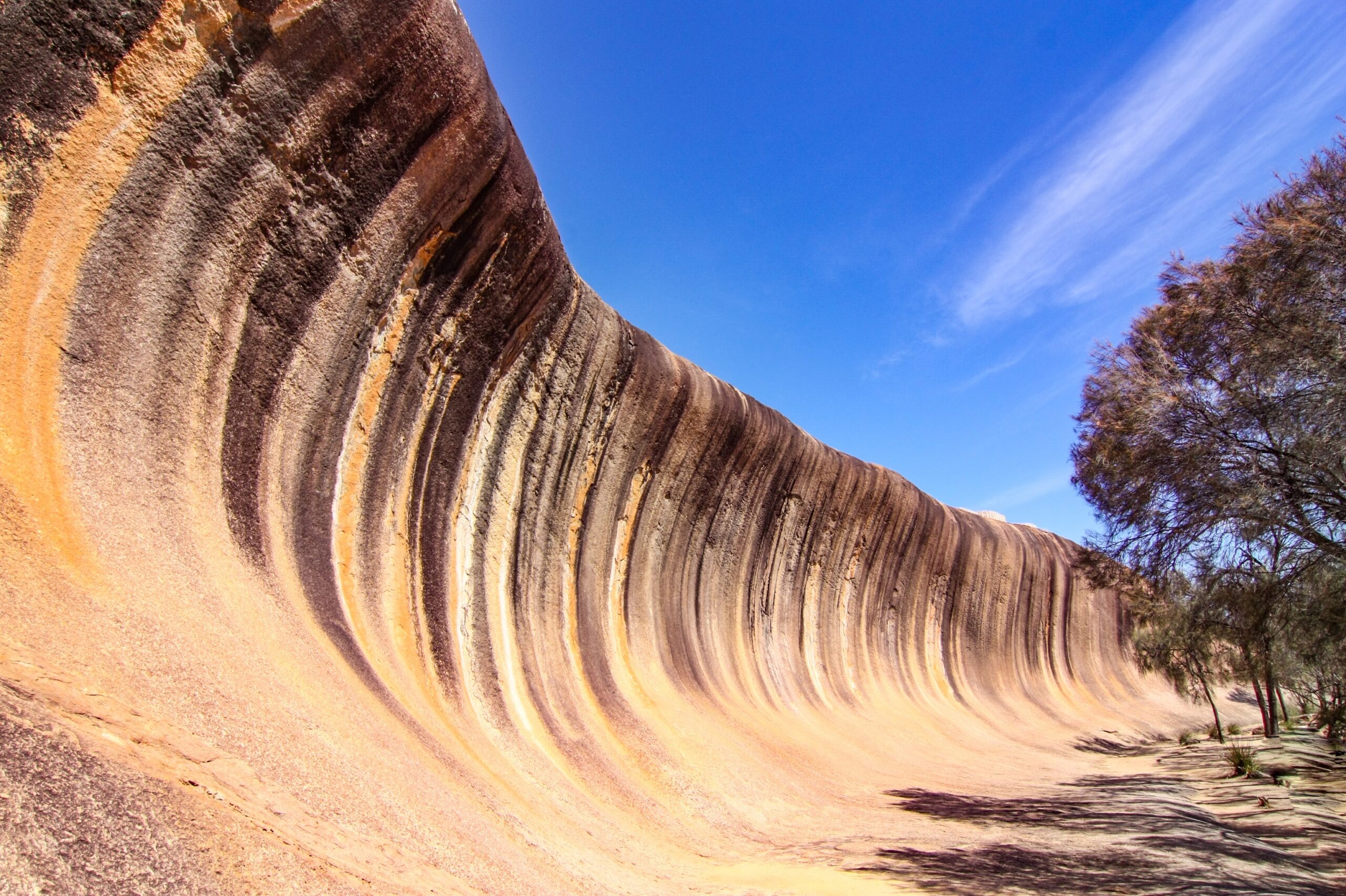
The Earth hides some of its most extraordinary formations in uninhabited regions. These remote landscapes are home to geological wonders that seem almost otherworldly. Read More.
21 Extraordinary Birds That Migrate Over Impossible Distances
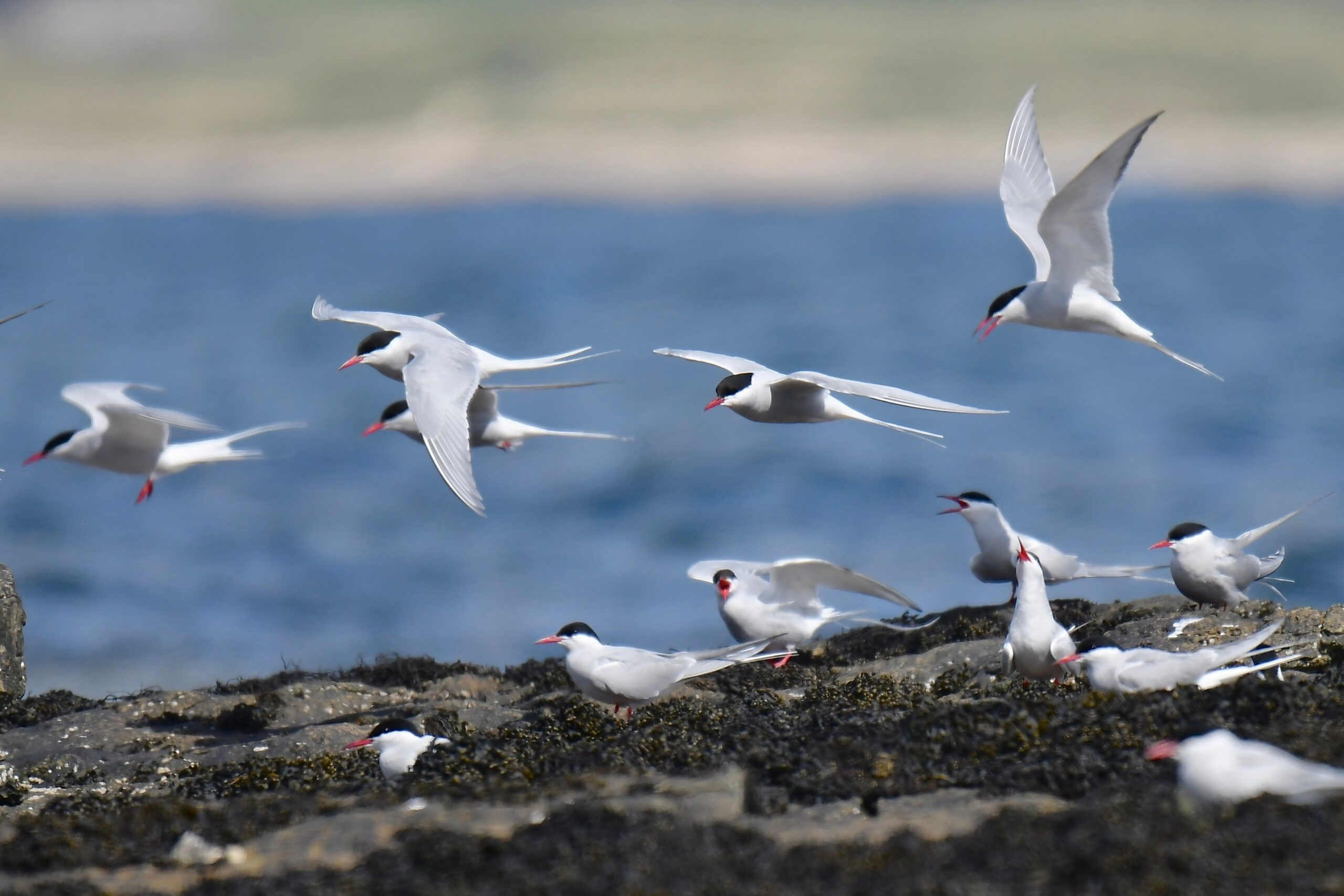
Some birds defy nature by migrating over vast, seemingly impossible distances. These remarkable travelers cover thousands of miles across oceans, continents, and harsh landscapes. Read More.
9 Most Intriguing Archaeological Discoveries of the Last Decade

Over the past decade, archaeology has uncovered remarkable discoveries that continue to reshape our understanding of ancient civilizations. Read More.
